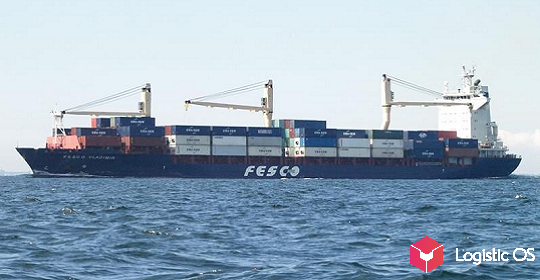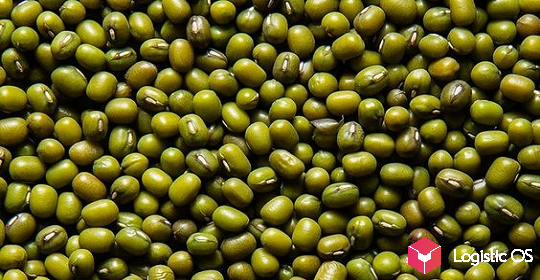The current economic situation is pushing to minimize imports.
The events that took place in February 2022 and the actions of various countries of the world that followed them clearly showed how the economies of countries are integrated into each other.
And it’s not just about Russia.
Scientific research and inventions require not only time, but the investment of a huge amount of money.
That is why the countries of the world, as a rule, focus on the development and financing of certain areas of science and technology, and buy some of the successful technologies in other areas.
At the time of the emergence of large-scale conflicts and disagreements between the governments of the countries of the world, as is happening now, those areas of science and technology that are necessary to maintain food security, including those that are significantly dependent on imports, are being identified.
For many years, the issue of switching agriculture to seeds of domestic selection was discussed, but there were world giants who developed and provided many countries of the world with seed.
As a result, the share of imported seeds in the Russian agricultural sector began to significantly prevail over domestic ones.
So, according to experts, corn producers are provided with Russian seeds by 47-52%, sunflower — by 23-25%, sugar beet seeds are almost 100% imported.
In this regard, the Ministry of Agriculture of the Russian Federation proposes to develop a plan for the accelerated transition of crop production to seeds of domestic selection.
According to the plans of the Ministry of Agriculture, by 2024, the use of Russian seeds by farmers should reach the level of 75%.
It should be noted that the yield of Russian seeds was 20-30% lower than imported ones, but they also have an advantage: local hybrids guarantee a harvest in the zone of risky farming.
Creation of a modern production of seeds of high productivity specifically for the Russian market is certainly a difficult task, requiring a high level of funding for scientific research.
But already now a number of Russian corn hybrids are in the top ten in terms of popularity in the world, and sunflower is in the top twenty at a cost 3-5 times less than foreign ones.
Time also plays an important role: experts believe that, in the case of corn, it is possible to reach the declared level of supply by 2024, for sunflower this period will take 2-3 years.
Some foreign companies are thinking about leaving the Russian market. Against this background, the Ministry of Agriculture’s concern about the provision of Russian farmers with seed is absolutely correct.
The only question is how the corresponding mechanism will be worked out.

